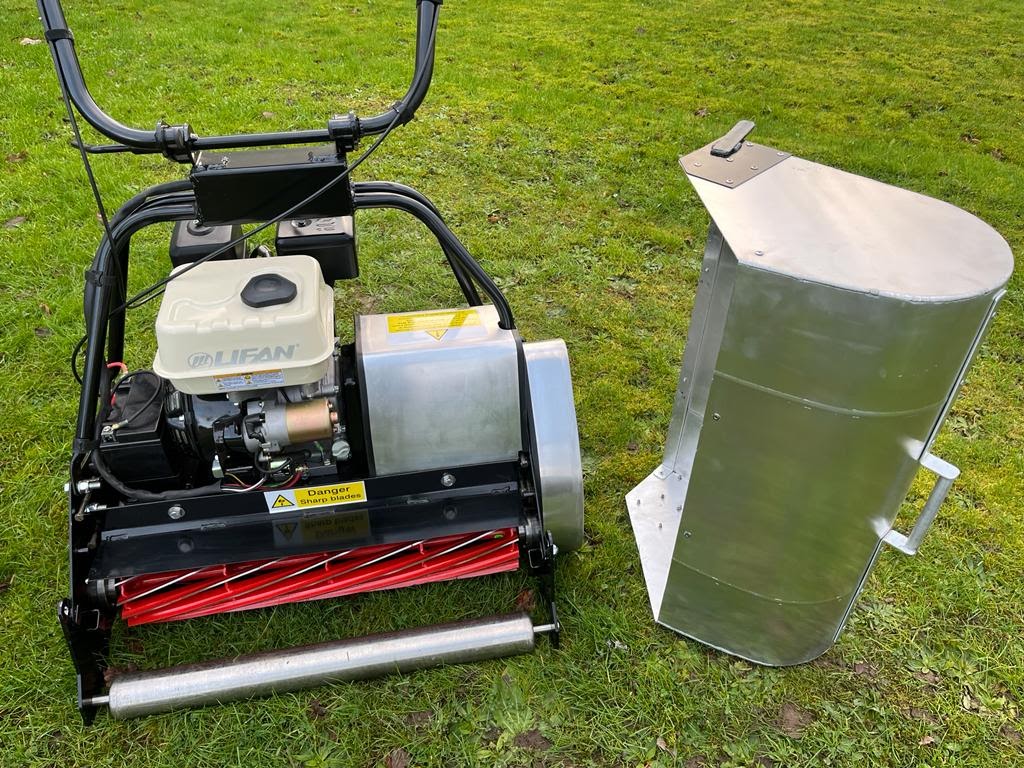Is scarifying necessary?
As turf-grass grows it naturally develops thatch which is a tightly intermingled layer of living and dead stems, leaves and roots which accumulate between the grass and the soil underneath. One of the factors that reduces lawn speeds is excessive thatch and historically clubs have tried to combat this by aggressive scarification or verticutting. This approach can have unfortunate side effects, one of which is to create bare patches which are then invaded by annual meadow grass.
The Sports Turf Research Institute has published a series of articles relating to “Disturbance Theory” which recommend a less aggressive approach to grass care. In fact the best method is to work with the biology of your surface and treat thatch as a nutrient. It is organic matter and therefore can be broken down by bacteria and micro-organisms into usable nutrient form. This method forms the basis of my biofeed nutrition programmes which encourage a biologically active root-zone.
It is very rare that I recommend scarification because it simply isn't necessary with the nutrition programmes that I provide. Over the last few years I have been monitoring thatch levels at Croquet Clubs around the country and I have recorded thatch reduction of as much as 33% per annum without scarification.
If synthetic fertilisers are used, the likelihood is that thatch will build up and become a problem. For this reason, clubs that opt for synthetics will probably have to scarify every year. This damages the playing surface so it is usually necessary to overseed and top dress to repair the damage done. Biofeed nutrition programmes eliminate all this work and, for that reason, are far more cost effective.
With my system scarifying is not necessary, it is better to incorporate regular aeration in the programme so that life sustaining air and water reach the micro-organisms in the root zone.
As turf-grass grows it naturally develops thatch which is a tightly intermingled layer of living and dead stems, leaves and roots which accumulate between the grass and the soil underneath. One of the factors that reduces lawn speeds is excessive thatch and historically clubs have tried to combat this by aggressive scarification or verticutting. This approach can have unfortunate side effects, one of which is to create bare patches which are then invaded by annual meadow grass.
The Sports Turf Research Institute has published a series of articles relating to “Disturbance Theory” which recommend a less aggressive approach to grass care. In fact the best method is to work with the biology of your surface and treat thatch as a nutrient. It is organic matter and therefore can be broken down by bacteria and micro-organisms into usable nutrient form. This method forms the basis of my biofeed nutrition programmes which encourage a biologically active root-zone.
It is very rare that I recommend scarification because it simply isn't necessary with the nutrition programmes that I provide. Over the last few years I have been monitoring thatch levels at Croquet Clubs around the country and I have recorded thatch reduction of as much as 33% per annum without scarification.
If synthetic fertilisers are used, the likelihood is that thatch will build up and become a problem. For this reason, clubs that opt for synthetics will probably have to scarify every year. This damages the playing surface so it is usually necessary to overseed and top dress to repair the damage done. Biofeed nutrition programmes eliminate all this work and, for that reason, are far more cost effective.
With my system scarifying is not necessary, it is better to incorporate regular aeration in the programme so that life sustaining air and water reach the micro-organisms in the root zone.

